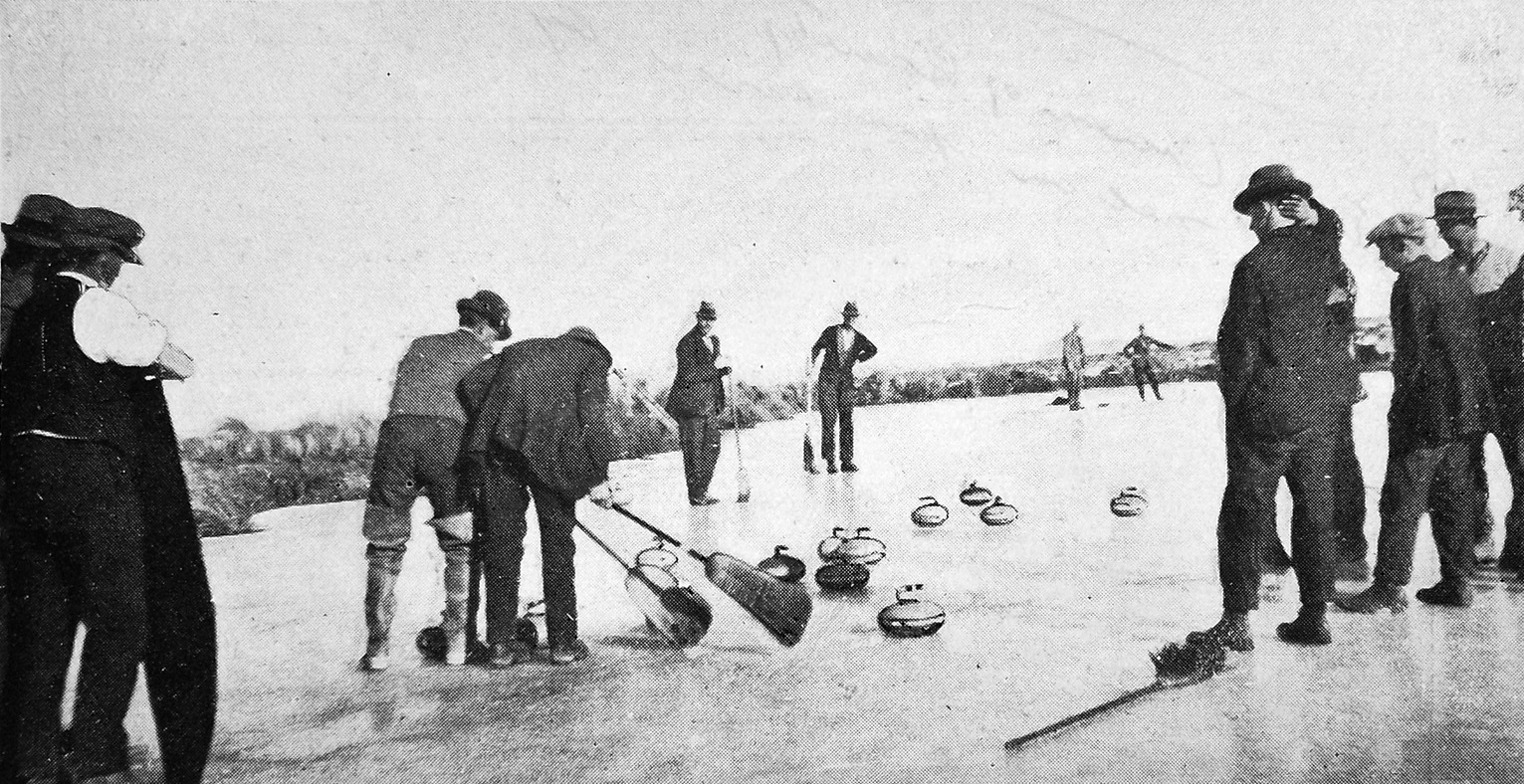

Cenotaph work in hand
Practically all the marble required for the soldiers’ memorial in the Queen’s Gardens, and the work of shaping it, is being proceeded with at Messrs Bingham and Company’s yards. The concrete is all ready to receive the marble, some of which, it is expected, will be placed in position in the course of the next few days.
Just call it polio
Though the term "infantile paralysis" is really a misnomer, it is a very convenient one, and more often used than the correct title, "acute anterior poliomyelitis.” The disease has been known for about 150 years, though only properly described during the last 20 years. At first only odd cases here and there occurred — i.e., it was sporadic, but since the twentieth century epidemics have occurred in many countries and they seem to be increasing both in the number of cases and in virulence; witness the recent epidemic in New Zealand, where in the last six months there have been over 1000 cases with a mortality of about 15 percent.
Anterior poliomyelitis may attack adults, and paralysis may occur in children from other causes, yet the vast majority of paralyses found in children is due to this disease. It is an infectious disease, which shows a marked preference for young children; 85 percent of all cases being in children under five years of age — the first three years seem to be the most dangerous.
Infection is caused by very minute micro-organisms, and their virus can pass through the finest porcelain filters. This virus is found in the nose and throat of patients, and also in the nervous system, where its harmful effects are chiefly noticed.
The secretions from the nose and throat of infected carriers, or people actually suffering from the complaint, are regarded as the usual methods of propagating infantile paralysis. Infantile paralysis seems to attack all classes of children, very often those who are apparently healthy, and mild attacks often pass unnoticed or undiagnosed at the time, and it is only when paralysis is noticed that the true state of things is thought of.
Very mild eases where no paralysis develops pass quite unnoticed, and some authorities state that such cases may be four times as numerous as the diagnosed and reported ones, so that the true figures in an epidemic would be about five times the recorded numbers. — ODT, 30.6.1925
Compiled by Peter Dowden











